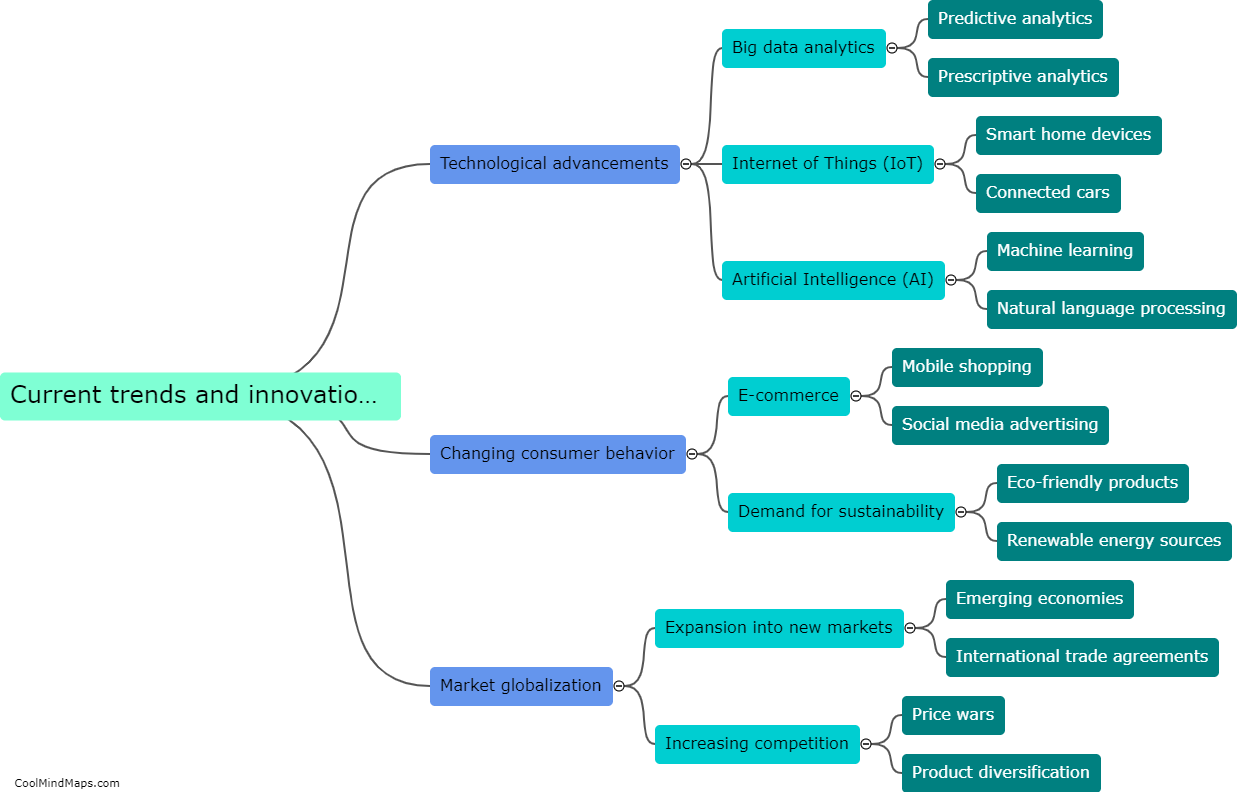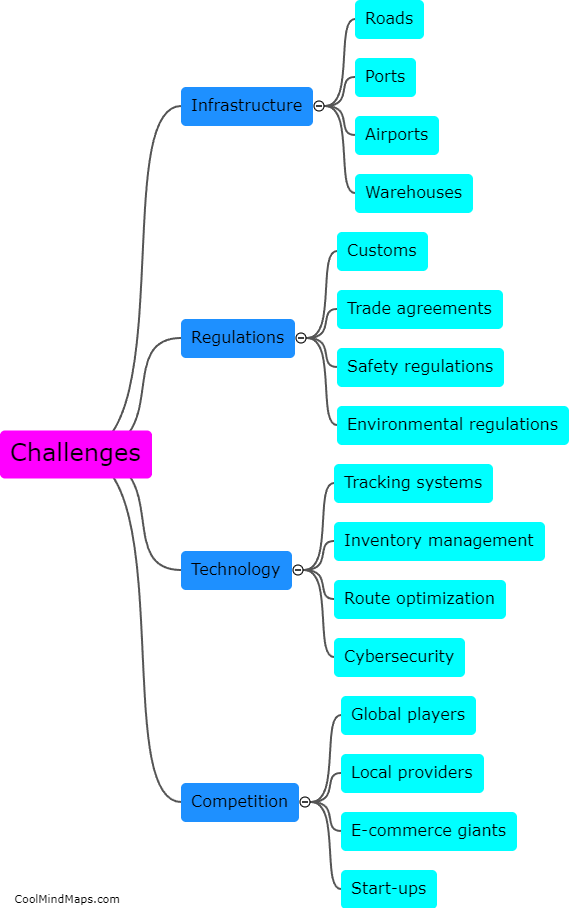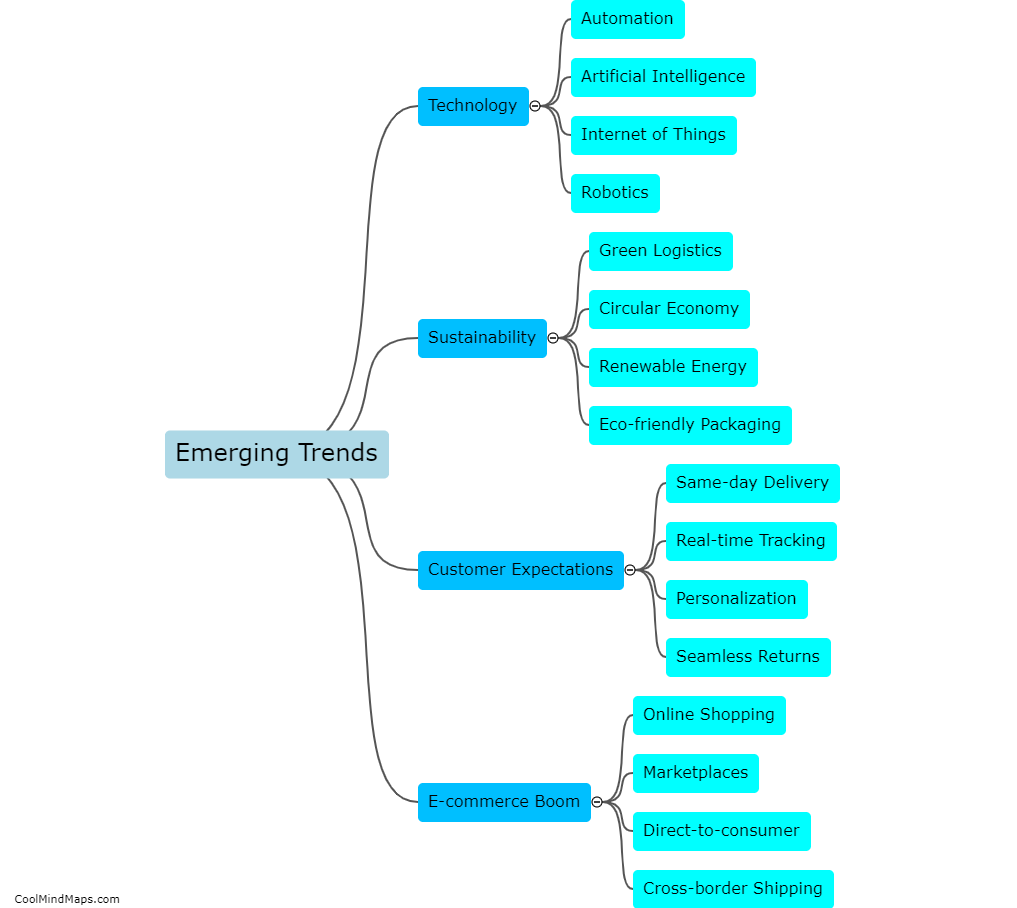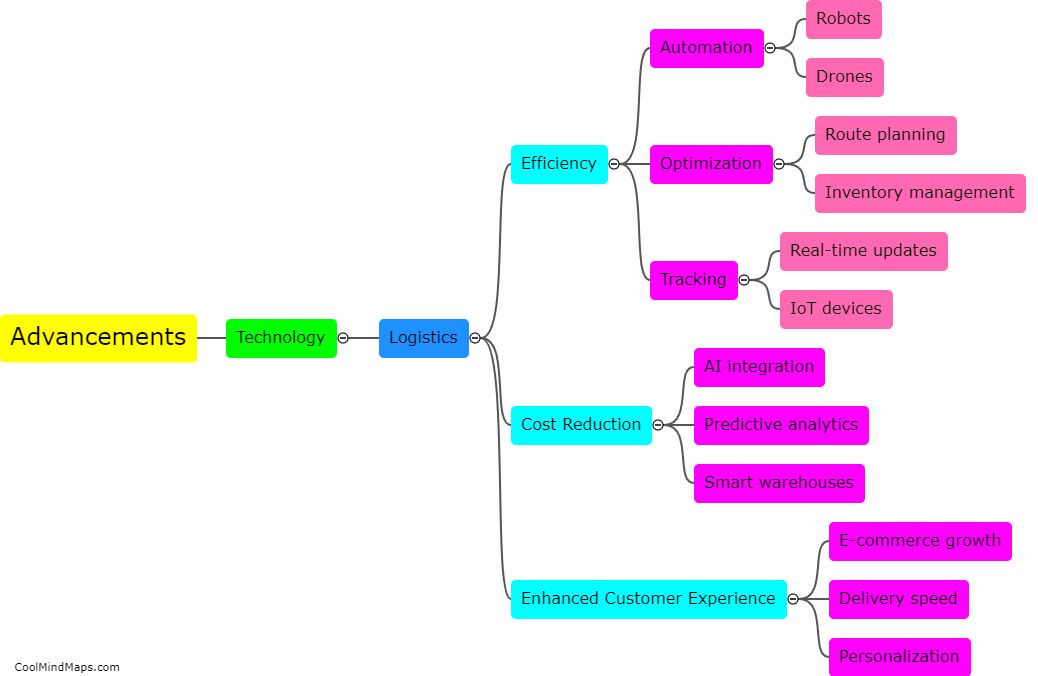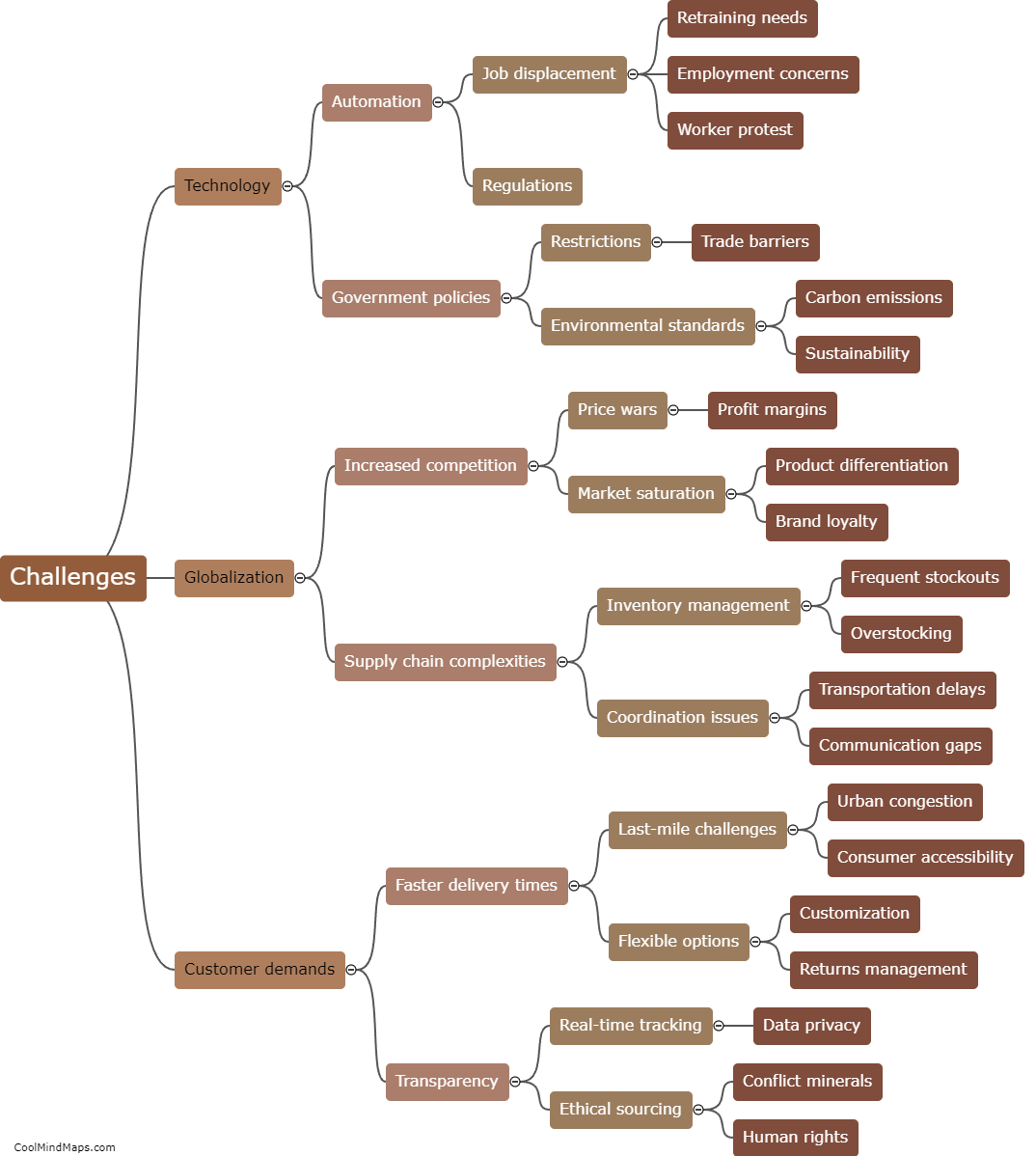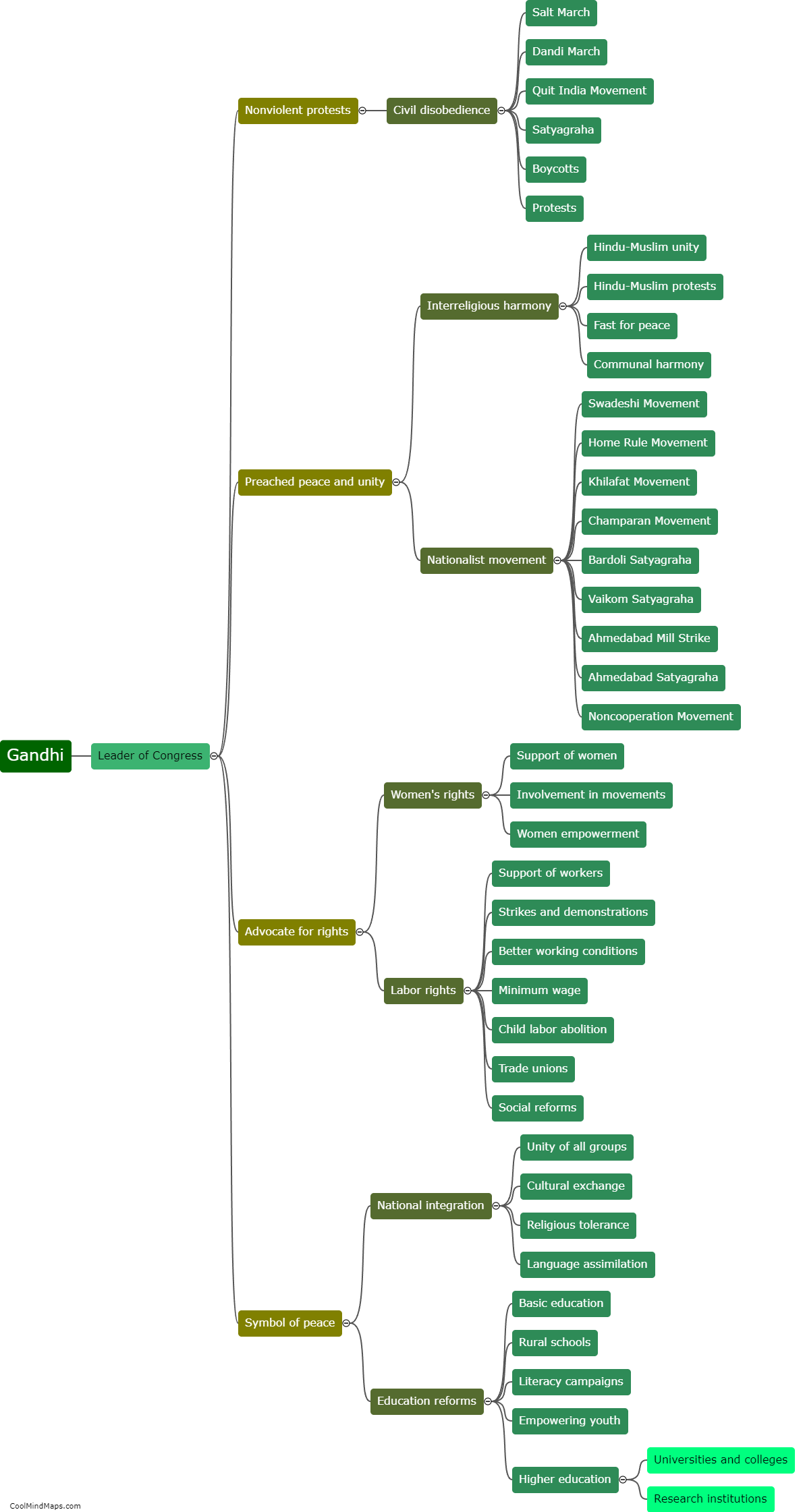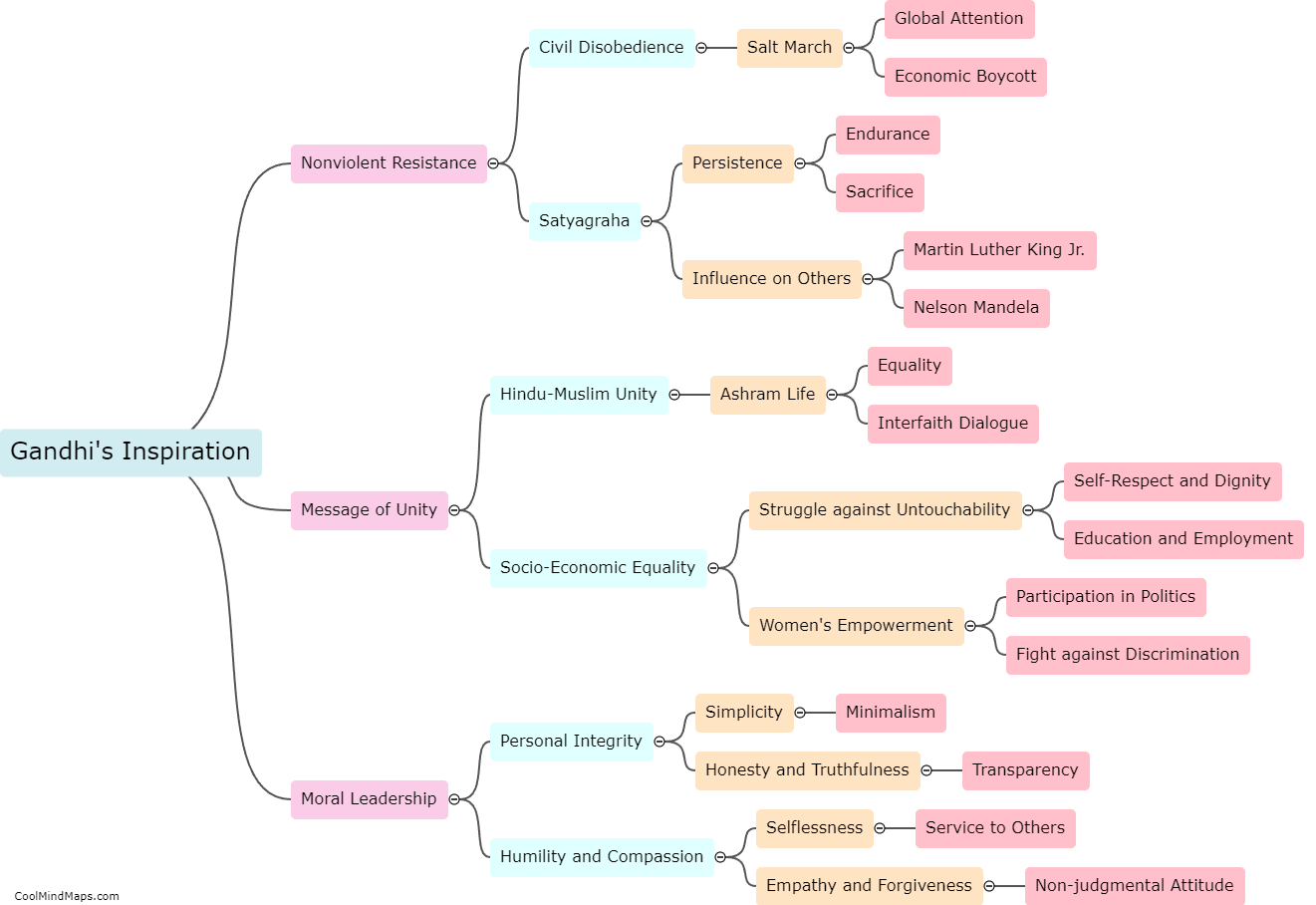What are the key elements of freight forwarding?
Freight forwarding involves the coordination and management of the transportation of goods from one location to another. The key elements of freight forwarding include documentation, transportation management, customs clearance, and logistics coordination. Documentation is a crucial aspect, including preparing and processing necessary paperwork such as bill of lading, commercial invoices, and packing lists. Transportation management involves selecting the appropriate carriers, negotiating rates, and ensuring timely delivery. Customs clearance ensures compliance with all customs regulations, facilitating the smooth movement of goods across international borders. Lastly, logistics coordination involves overseeing various aspects of the supply chain, including warehousing, inventory management, and distribution. Overall, the key elements of freight forwarding revolve around efficiently moving goods while navigating the complex logistics and regulatory environment.
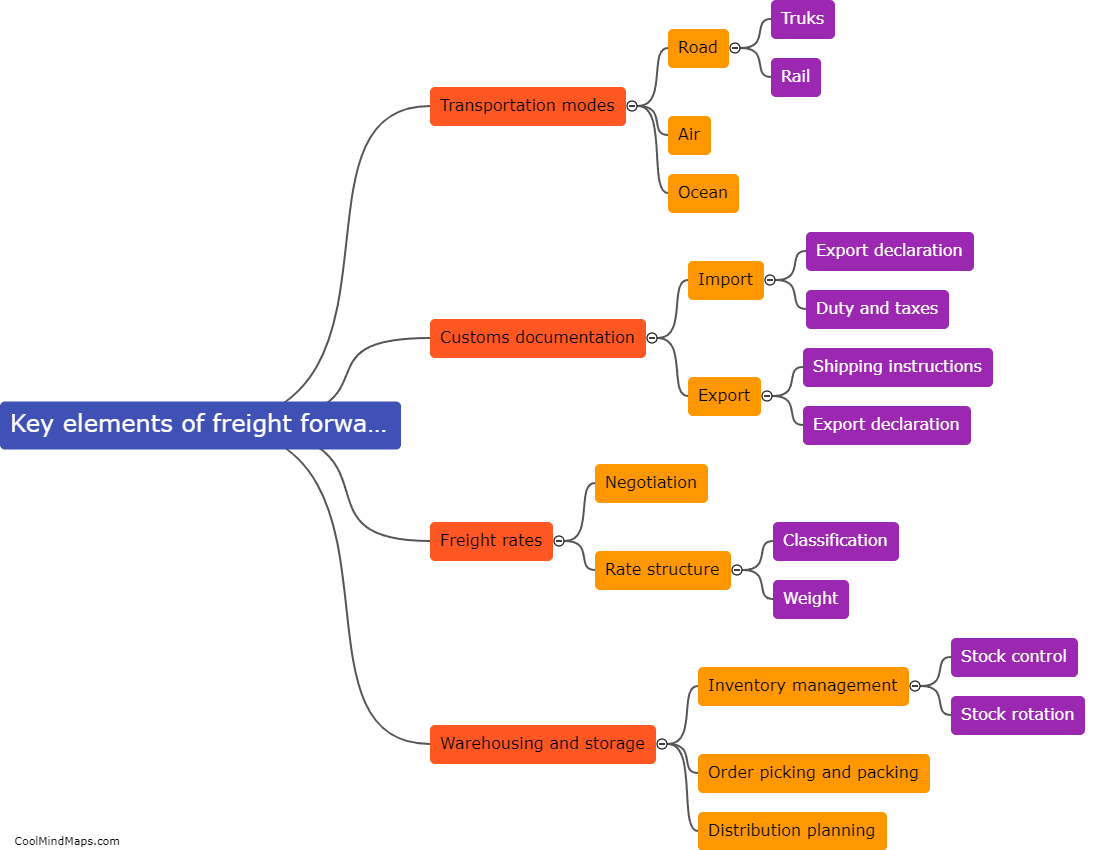
This mind map was published on 7 September 2023 and has been viewed 99 times.

